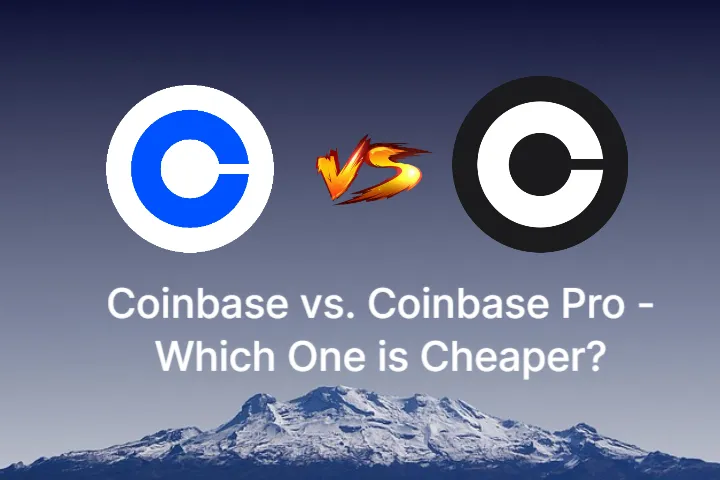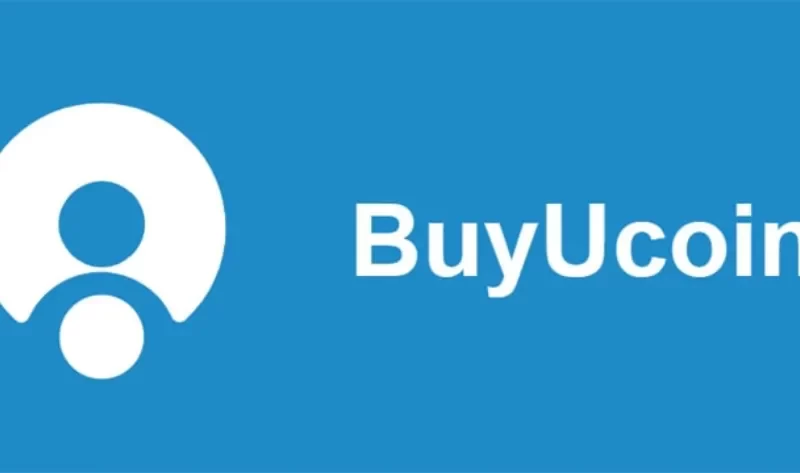A difficult choice to make is which wallet to use to store your cryptocurrencies. There are a large number of them available, each providing a different set of features and varying degrees of support for various cryptographic assets and their networks. Exodus and Metamask, which both debuted in 2016, are two of the digital asset wallets with the longest histories. They are also both incredibly popular amongst crypto users.
Only tokens based on ether are supported by MetaMask because it runs on the Ethereum Blockchain. EXODUS is ideal for industries like CryptoCurrency. MetaMask is the preferable option for CryptoCurrency.
In order to make it simpler and faster for you to process the information, we have divided the represented data into different sections after thoroughly comparing the MetaMask and Exodus cryptocurrency wallets and their features.
Read More: Crypto Compare Guide 2023 – Exchanges, Wallets, Tokens & More
MetaMask Overview
The MetaMask cryptocurrency wallet app is among the most popular ones available. It is available for iOS and Android as well as Chrome, Firefox, Brave, and Edge as a browser extension.
With MetaMask, you can connect to a variety of blockchain networks, including Ethereum, Binance Smart Chain, Fantom, Avalanche, and more. Metamask is much more than just a wallet. Metamask enables communication with dApps and decentralized exchanges (DEXs). You can also stake and swap assets directly within the wallet. You can also store NFTs on a Metamask although the wallet is lacking a gallery. Additionally, MetaMask supports buying cryptocurrency using third-party partners, Google Pay, Apple Pay, and Samsung Pay. Metamask also supports a variety of hardware wallets for the browser extension such as Ledger, Trezor, Lattice, and more.
MetaMask Pros & Cons
Pros
- Arguably the most well known browser-based wallet in crypto
- Incredibly feature rich with access to a whole world of DeFi projects, staking and swaps
- Accepted by more crypto websites than any other wallet
- Fully open source
Cons
- No desktop application
- User interface is somewhat clunky compared to competitors
- No NFT gallery
Exodus Overview
Exodus is a cryptocurrency wallet that can be used with Chrome and Brave as a browser extension, as well as on Windows, Mac, and Linux desktops, mobile devices, and iOS and Android platforms. It is renowned for having one of crypto’s most aesthetically pleasing user interfaces.
Exodus also works with Trezor hardware wallets like the Model T and One. To generate passive income, users can stake directly on supported blockchain networks like Tezos (XTZ) and Cosmos (ATOM).
Exodus allows you to store your preferred NFTs and interact directly with decentralized applications (dApps). Additionally, through one of Exodus’ partners, you can buy and sell assets directly within the wallet and make cryptocurrency purchases using a credit or debit card.
Exodus Wallet Pros and Cons
Pros
- Free to use with exceptionally nice user interface
- Stake directly in wallet to earn passive income
- Make swaps in wallet (region restricted)
- Very secure when combined with Trezor hardware wallet
Cons
- Not fully open source
- Only supports Trezor hardware wallets
- Staking doesn’t support hardware wallets at all
MetaMask Vs Exodus: Beginner Friendliness
Exodus and Metamask are both fairly user-friendly for new users. Users don’t need to register for an exchange in order to buy cryptocurrency because each of them enables purchases of cryptocurrencies through one of their third-party partners. That being said, if using one of these partners, identity verification is necessary.
Other than that, both have helpful user interfaces and manuals available on their respective websites. Although Metamask has more support for hardware wallets, Exodus may have a slight advantage in this regard because it is accessible on more platforms.
Due to its graphics, Exodus arguably has a user interface that is much better for beginners.
MetaMask Vs Exodus: Trust and Security
Exodus and Metamask are two popular wallets that are only as secure as their users make them. This is due to the fact that your personal habits when configuring and using the wallet have a significant impact on its security. Maintain your recovery phrase in a secure location, and carefully review all transactions before signing. The most typical method for these types of wallets to be hacked is through phishing scams, so make sure to disregard emails asking you to register or verify your wallet.
Because it is entirely open source and supports a wider range of hardware wallets for integration with their extension, Metamask has an advantage in this situation. Exodus is limited to Trezor. The best way to make sure your cryptocurrency assets are secure is to use a hardware wallet.
MetaMask Vs Exodus: Available Cryptocurrencies

Many different blockchain networks and their associated cryptocurrencies are supported by Metamask and Exodus. Exodus, on the other hand, offers staking for those extra networks, including Cardano (ADA) and Solana (SOL), and supports every network that Metamask does.
Both wallets support a wide range of digital assets, but Exodus is more flexible than Metamask because users of Metamask who want to hold Cardano or Solana (for example) must get a different wallet.
MetaMask Vs Exodus: Standout Features
Both wallets allow users to stake directly from within the wallet, have built-in exchanges, NFT support, and allow purchases of crypto through 3rd-party partners. Exodus’ distinguishing quality is its ability to support more blockchain networks and their assets than MetaMask. This enables Exodus users to keep all of their assets in a single, practical location.
The hardware wallet support offered by MetaMask, which is far more extensive than Exodus’s, is its most notable feature. Instead of having to purchase a hardware wallet that is compatible with Exodus, which would require Exodus users to purchase/use a Trezor, this enables MetaMask users to more easily secure their assets using their hardware wallet.
How to Use MetaMask?
As previously mentioned, MetaMask is a Chrome and Firefox browser extension. Installing it on your browser is the first step in using this wallet. Follow these steps:
Install the MetaMask plugin from the official website:
You must accept the MetaMask terms and conditions after installing the plugin. After choosing a password, you can create an account by typing it twice.
When you hit accept, it will then show your 12-word seed phrase and prompt you to copy it somewhere safe and secret.
Your seed phrase is important because it enables you to restore your MetaMask account if you misplace it or it is hacked. A different browser window can always be opened by copying and pasting the seed phrase.
You will then be given a wallet address, which serves as your account number, after this step is complete. Then, other users can send ERC20 tokens or ether.
To receive ether or ERC20 tokens, the sender must have your wallet address. They can then initiate the transaction from their MetaMask wallet or another Ethereum wallet.
You can check your MetaMask account balance once the transaction is finished. Then, you can send or receive transactions using this balance.
Simply click the Send button and enter the recipient’s wallet address to send a transaction. You can opt to add a message or fee, depending on your transaction requirements.
Your pending transactions’ status can also be seen in MetaMask’s main interface. You can easily monitor your transactions this way and make sure they are successfully completed.
Read More: How Can I Reset My Metamask Password with Simple Steps
How to Use Exodus Wallet?
Let’s go over a step-by-step guide on how to use Exodus:
- Install the Exodus wallet on your computer or mobile device after downloading it.
- Before backing up, check it out by opening the wallet.
- Next, enter your chosen password.’
- Write down and securely store offline the 12-word secret recovery phrase that was automatically generated.
- You can use Exodus now by clicking “Next” to finish the setup process.
To start trading on the FTX exchange, link your Exodus wallet to your FTX account. Connect your Exodus wallet to FTX exchange:
- Connections is found under Settings; click there.
- Scroll down to FTX Exchange and click on Enable Connection. You will be taken to the FTX login page where you can enter your information and log in.
- After logging in, you will be asked to grant permission to Exodus to access your account data. You will be taken back to the Exodus wallet after clicking Allow.
- Now that everything is set up, you can begin trading directly from your Exodus wallet.
Conclusion: Choosing a Wallet Depends on Your Needs
The superior wallet between Exodus and Metamask depends on a number of unique factors. If you are okay with not integrating a hardware wallet or already have a Trezor wallet, then Exodus is likely the better option as it supports more crypto assets than Metamask. This is due to the fact that, aside from that, they both share many characteristics.
Ledger and a number of other hardware wallets are supported by Metamask, so you might be better off using that program if you have a different brand of cryptocurrency wallet. Overall, neither wallet is a bad choice, and getting both and using them appropriately is simple.



